
我们在JS学习初期或者面试的时候常常会遇到考核变量提升的思考题。比如先来一个简单一点的。
console.log(a); // 这里会打印出什么? var a = 20;
暂时先不管这个例子,我们先引入一个JavaScript中最基础,但同时也是最重要的一个概念执行上下文(Execution Context)。
每次当控制器转到可执行代码的时候,就会进入一个执行上下文。执行上下文可以理解为当前代码的执行环境,它会形成一个作用域。JavaScript中的运行环境大概包括三种情况。
1.全局环境:JavaScript代码运行起来会首先进入该环境
立即学习“前端免费学习笔记(深入)”;
2.函数环境:当函数被调用执行时,会进入当前函数中执行代码
3.eval
因此在一个JavaScript程序中,必定会产生多个执行上下文,在我的上一篇文章中也有提到,JavaScript引擎会以堆栈的方式来处理它们。栈底永远都是全局上下文,而栈顶就是当前正在执行的上下文。
当代码在执行过程中,遇到以上三种情况,都会生成一个执行上下文,放入栈中,而处于栈顶的上下文执行完毕之后,就会自动出栈。为了更加清晰的理解这个过程,根据下面的例子,结合图示给大家展示。
var color = 'blue';
function changeColor() {
var anotherColor = 'red';
function swapColors() {
var tempColor = anotherColor;
anotherColor = color;
color = tempColor;
}
swapColors();
}
changeColor();我们用ECStock来表示处理执行上下文组的堆栈。我们很容易知道,第一步,首先是全局上下文入栈。
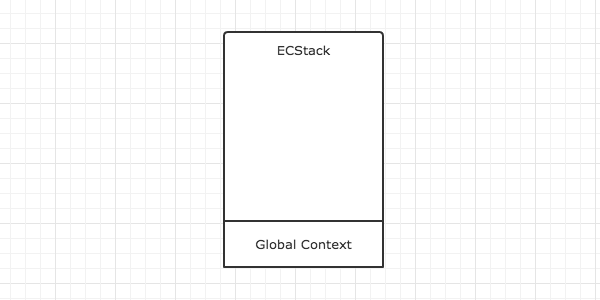
全局上下文入栈之后,其中的可执行代码开始执行,直到遇到了changeColor(),这一句激活函数changeColor创建它自己的执行上下文,因此第二步就是changeColor的执行上下文入栈。
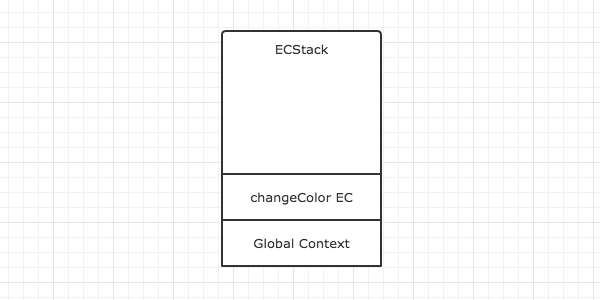
changeColor的上下文入栈之后,控制器开始执行其中的可执行代码,遇到swapColors()之后又激活了一个执行上下文。因此第三步是swapColors的执行上下文入栈。
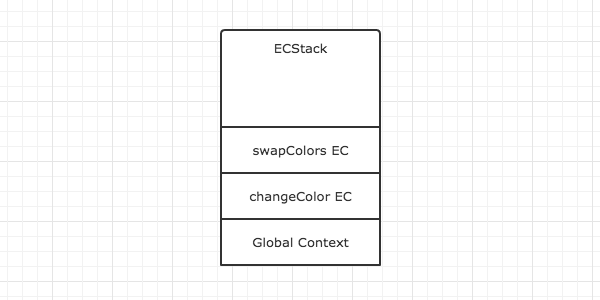
在swapColors的可执行代码中,再没有遇到其他能生成执行上下文的情况,因此这段代码顺利执行完毕,swapColors的上下文从栈中弹出。
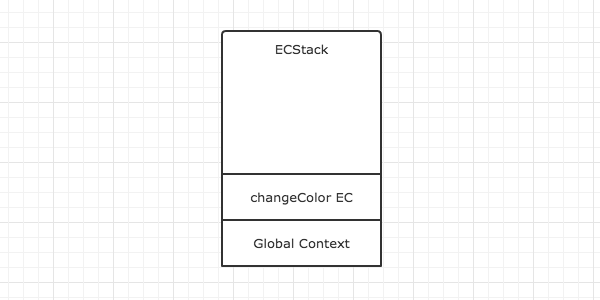
swapColors的执行上下文弹出之后,继续执行changeColor的可执行代码,也没有再遇到其他执行上下文,顺利执行完毕之后弹出。这样,ECStack中就只身下全局上下文了。
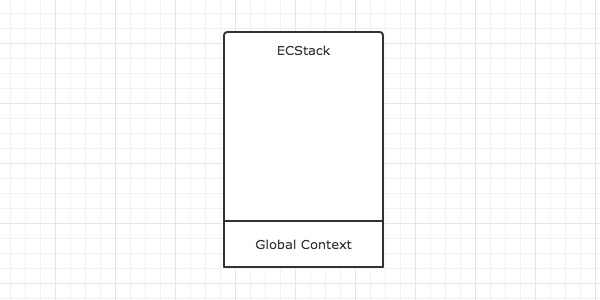
全局上下文在浏览器窗口关闭后出栈。
注意:函数中,遇到return能直接终止可执行代码的执行,因此会直接将当前上下文弹出栈。

详细了解了这个过程之后,我们就可以对执行上下文总结一些结论了。
1.单线程
2.同步执行,只有栈顶的上下文处于执行中,其他上下文需要等待
3.全局上下文只有唯一的一个,它在浏览器关闭时出栈
4.函数的执行上下文的个数没有限制
5.每次某个函数被调用,就会有个新的执行上下文为其创建,即使是调用的自身函数,也是如此。
为了巩固一下执行上下文的理解,我们再来绘制一个例子的演变过程,这是一个简单的闭包例子。
function f1(){
var n=999;
function f2(){
alert(n);
}
return f2;
}
var result=f1();
result(); // 999因为f1中的函数f2在f1的可执行代码中,并没有被调用执行,因此执行f1时,f2不会创建新的上下文,而直到result执行时,才创建了一个新的。具体演变过程如下。


每个人都需要一台速度更快、更稳定的 PC。随着时间的推移,垃圾文件、旧注册表数据和不必要的后台进程会占用资源并降低性能。幸运的是,许多工具可以让 Windows 保持平稳运行。

Copyright 2014-2025 https://www.php.cn/ All Rights Reserved | php.cn | 湘ICP备2023035733号